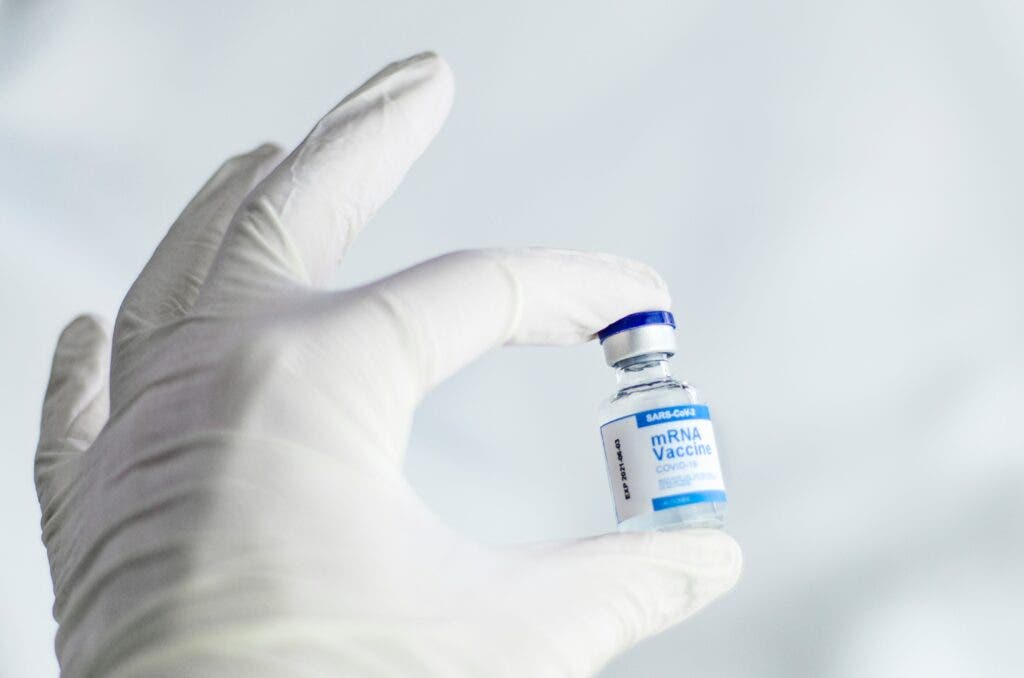
We almost take it for granted by now, but the fact that we’ve managed to have not one, but several working vaccines within a year of a new pandemic was a scientific miracle. The Pfizer vaccine, the first one that was used, also turned out to be one of the most effective ones.
In the US, the vaccine was also the most widely used, with 60% of fully vaccinated people having taken the Pfizer vaccine. Now, a team of researchers (all of whom have received funding from Pfizer) used real-world data to estimate how many hospitalizations and fatalities the vaccine has prevented. Although the authors received this funding, the study was carried out with publicly accessible data.
“The study was carried out using publicly accessible data only. It brought together COVID-19 epidemiological data for the US, mainly derived from CDC (CDC COVID Data Tracker: Home), with published estimates of healthcare resource use, costs, and population-level effectiveness,” said Manuela Di Fusco, of Pfizer’s health economics and outcomes research team, for ZME Science.
The researchers fed this data into models, including parameters such as the number of total vaccinations, the efficacy of vaccines (per age group), as well as the probability of catching the virus and becoming hospitalized. The study analyzed 2021 alone, and didn’t include any 2022 data, Di Fusco explained.
They found that in 2021 the vaccine: was the most widely used against COVID-19 in the US, prevented 8.7 million symptomatic cases of the virus, as well as 690,000 hospitalizations, and prevented more than 110,000 deaths.
In addition, the Pfizer vaccine led to an estimated $30.4 billion of savings in healthcare costs and $43.7 billion of savings in productivity losses.
“The analyses show that the Pfizer-BioNTech COVID-19 vaccine contributed substantial public health impact in the US in 2021, and had a deep effect on the trajectory of the pandemic. It was estimated to prevent millions of COVID-19 symptomatic cases, thousands of hospitalisations and deaths, and generated billions in societal economic value in the US in 2021,” says Di Fusco.
The researchers emphasize that the findings can’t be generalized to other vaccines, and in addition, the model largely excluded the impact of the Omicron variant, which became prevalent in the US after the study period. In addition, the number could be an underestimate, because they only included direct vaccine effects. The vaccine also greatly reduces viral transmission, which indirectly means even more lives saved and hospitalizations prevented.
“Because the model incorporated direct effects of COVID-19 vaccination only; the indirect effects (eg, reduction in transmission) were not modelled. This is recognized as a limitation of the study, leading to potentially conservative estimates,” the researchers conclude.
This sort of analysis becomes much harder to carry out as different, more dangerous variants emerge, and as boosters also come into play. While the exact quantification remains challenging, it’s safe to say that vaccines like the Pfizer vaccine are crucial in our pandemic fight.



